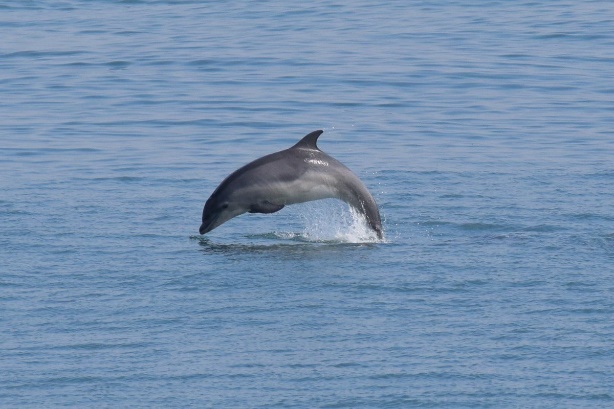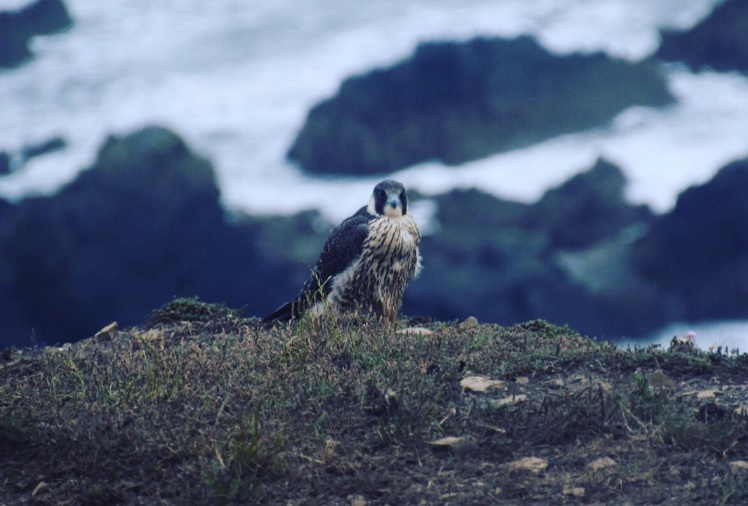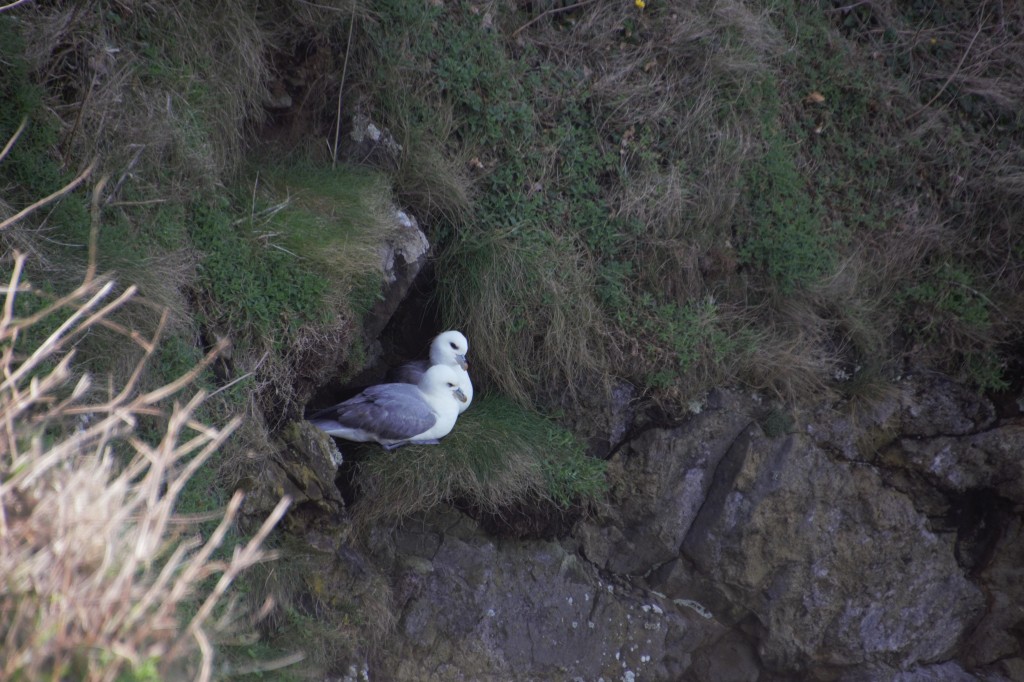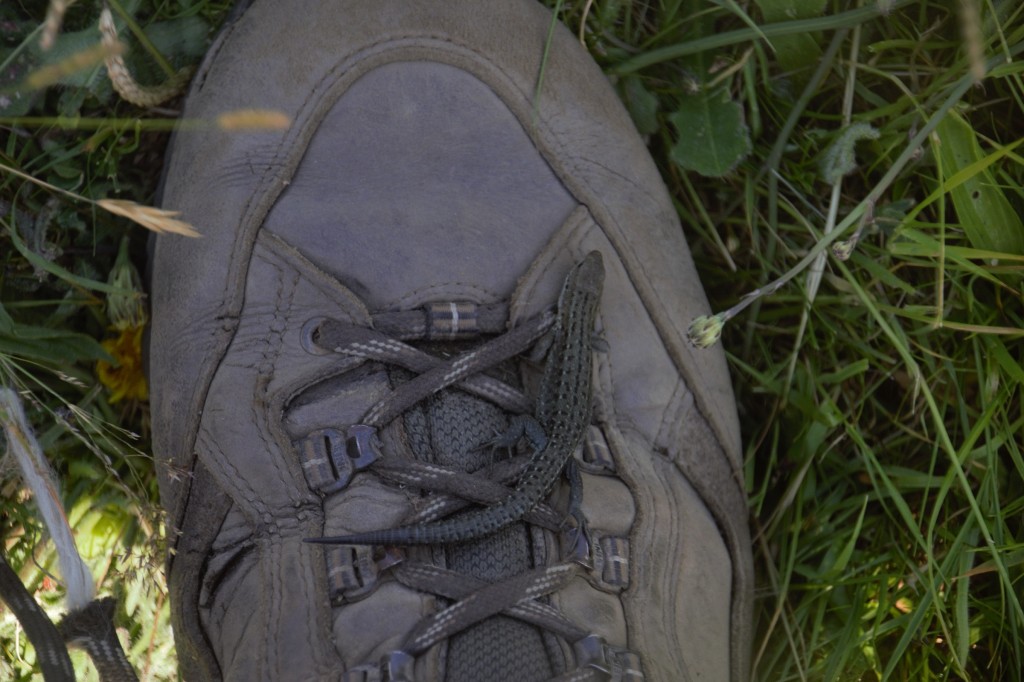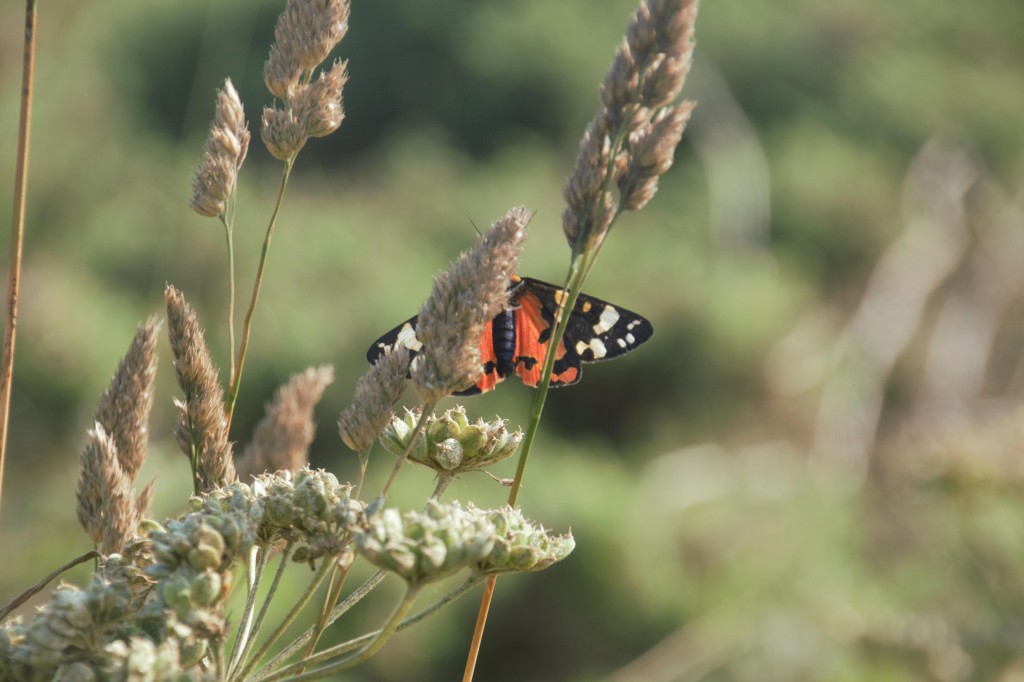What is biological diversity?
Biological diversity or biodiversity, is the wonderful array of life on Earth. It encompasses diversity on many levels; the tremendous number of species of plants and animals, the genetic diversity within and between these species and the different biomes and ecosystems of which they are part of, including our seas and oceans.
What is International Day for Biological Diversity (IDB)?
This year’s International Day for Biological Diversity (IDB) focuses on biodiversity as the foundation for our food and health, looking at transforming food systems and improving human well-being. Below is a list of things that you can do to conserve and sustainably use biodiversity for your well-being:
– Reduce your meat consumption
– Eat and purchase seasonal foods
– Buy local foods
– Reduce your food waste
– Compost your food scraps
– Reduce food packaging by using reusable bags or reusing glass jars or containers
– Avoid single-use plastics like plastic straws, coffee cups, plastic cutlery, take out containers or plastic water bottles
– Promote local and indigenous biodiversity for food and nutrition
Information courtesy of https://www.cbd.int/idb/2019/
Biodiversity of New Quay, West Wales
In keeping with the spirit of International Day for Biological Diversity, we have decided to venture out and bring to you a taste of the biodiversity on our very doorstep here in our New Quay office.
Wales has a diverse landscape and biodiversity shaped by human activity over many centuries. The number of terrestrial species in Britain is estimated at 59,000 with a further 8,500 marine species and the total number of species in Wales is likely to exceed 50,000.
Here in New Quay it is very easy to keep your eyes peeled to the sea. With great reason too, as well as the occasional porpoise and grey seal, it is by far one of the best places in the UK to spot bottlenose dolphin.
However, cast your eyes away from the sea and there is a wealth of other species to be seen! Look up to the skies and you will see a host of birds. Many species of birds of prey use the cliffs and surrounding farm land as prime hunting/scavenging locations. Peregrine falcon, kestrel, red kite and buzzard are all commonly sighted.
The cliffs play host to many nesting seabirds, fulmar, kittiwake, razorbill and guillemots all call the cliffs here their home.
Take a walk up onto the cliffs via the Ceredigion Coast Path on a sunny day, but watch your step, the thick gorse and sun-baked rocks up here are the perfect habitat for the local reptilians. Common lizards and adders are often seen soaking up the rays of the sun and as you can see from this picture, some of the common lizards can become brave when checking you out.
The cliffs are also home to varying different plants. Providing a wealth of bees and butterflies…
Article written by Research Intern Josh Pedley.


